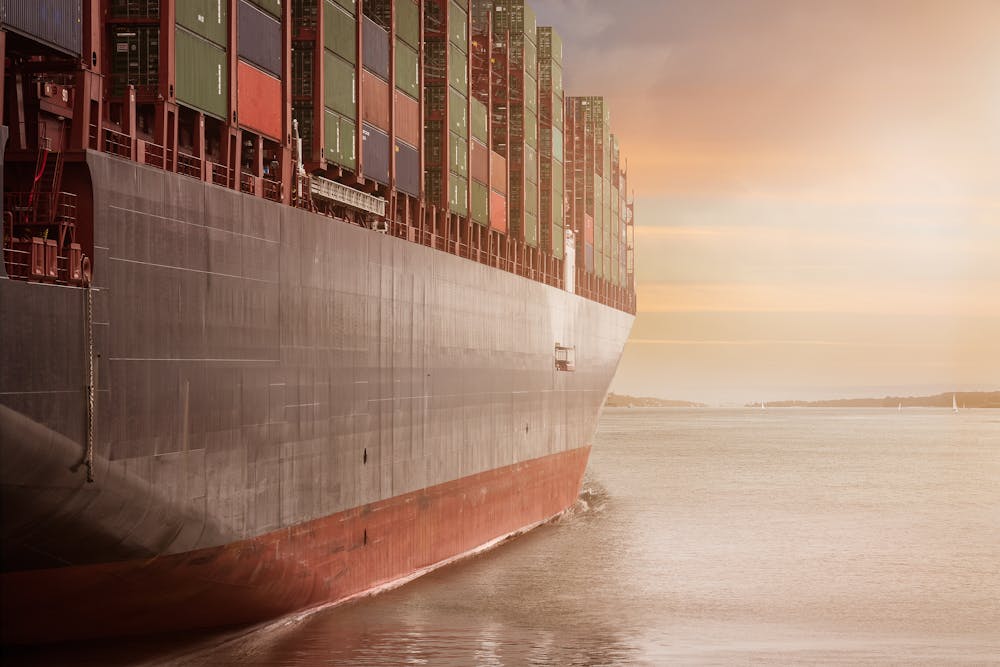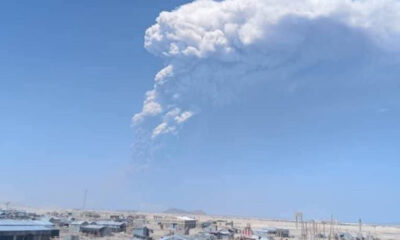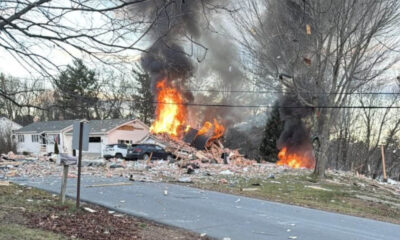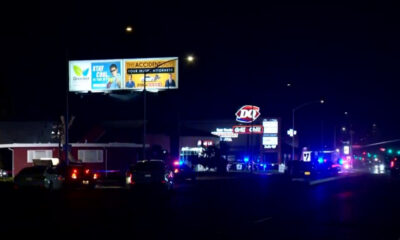Reviews
How to Keep Equipment Safe During Business Transitions

Moving expensive gear is risky—one mishap can cost time and money. Whether you’re relocating, expanding, or renovating, transitions get complicated fast when sensitive equipment is involved.
Laptops and printers are easy. But forklifts, lab tools, and medical machines need real planning, not just a box and bubble wrap. Weather delays and tight timelines only add pressure.
With remote work, rising costs, and flexible workspaces, more companies are rethinking how they store and transport valuable tools. Storage isn’t just a backup anymore—it’s part of the strategy.
This blog shares practical ways to protect your equipment during transitions, from short moves to full relocations. Small choices can make a big difference.
Why Equipment Safety Is a Bigger Deal Now
Ten years ago, most businesses stayed put. Today, constant transitions—remote teams, pop-ups, job sites—mean gear is always moving or waiting.
The pandemic proved that a building isn’t essential—but functioning tools are. Whether it’s a custom rig or job-site equipment, if it breaks, everything slows down.
Weather adds more risk. Smoke, floods, and heat waves can wreck sensitive gear fast. And replacing it costs more than money—it delays progress.
Planning ahead makes the difference. Treating equipment safety as optional leads to losses. Prioritizing it keeps operations steady, no matter the setting.
What Protection Looks Like in the Real World
Some businesses handle transitions with barely a hiccup, while others face breakdowns, delays, or damage. Often, the difference lies in how they manage their equipment—especially the large, mission-critical items that don’t fit neatly into cardboard boxes.
Today, storage solutions go far beyond dusty backrooms or off-site warehouses. If you’re coordinating a renovation or staging a temporary job site, it’s smart to look up storage containers for sale that offer mobile, customizable protection. These containers are built to be secure, weatherproof, and easy to position wherever you need them.
They’re ideal for everything from construction tools to fragile retail setups. Need to hold onto inventory during a multi-phase move? Park the container right outside and access it anytime—no waiting on facility hours or dealing with third-party gatekeepers.
And if your equipment includes electronics, climate-controlled options are worth the investment. Extreme heat or cold can quietly ruin sensitive components. Even a brief storage stint can do real damage. If it plugs in, has a screen, or depends on precise movement, give it the same attention you would in daily use. Moving is temporary. Replacing broken gear is not.
Who’s Handling What—and Why It Matters
It’s easy to underestimate how much labor a move requires. That’s where teams fall apart. One person thinks someone else labeled the boxes. Someone else thinks the IT guy unplugged everything correctly. Before you know it, three laptops are dead, two printers are missing, and no one knows where the extension cords went.
The solution? Assign clear roles early. Designate a lead for each section of the move. Who’s packing the tools? Who’s tracking the deliveries? Who’s checking that everything still works when it gets there?
This applies even if you hire a moving crew. Don’t assume professionals know how to treat specialized equipment unless you tell them. Always label boxes with more than “fragile.” Be specific: “medical scanner – top load only” or “audio board – keep upright.” The more you spell it out, the less chance there is for costly mistakes.
Also, take photos of everything before it’s packed. That way, if something shifts or breaks, you have a record. It also helps with insurance claims if anything goes wrong.
How to Think About Timing and Risk
Time is always tighter than expected during a transition. People try to do too much at once. That’s when damage happens. So plan buffer days into your schedule. Give yourself time to test, clean, and check your equipment after the move—not the day you need to use it.
If you’re moving high-value gear, look into coverage. Standard commercial insurance doesn’t always include in-transit protection. If you’re relying on third-party transport, ask for documentation of how they handle damage. If their answers feel vague, get a backup plan.
The Bigger Picture: Transitions Are a Chance to Upgrade
It might not feel like it while you’re knee-deep in moving tape and timelines, but transitions can actually be good for your gear. They give you a chance to assess what you need, retire what’s worn out, and improve how you manage everything.
Maybe that old rolling cabinet has lived a good life. Maybe your inventory system needs more than a clipboard. As you move, take stock of what’s working and what’s not. If something has caused delays, backups, or headaches more than once, it might be time to replace it.
Look at how your current layout helps—or hurts—productivity. When you move to a new space, set things up with intention. Give your best tools a better home. Organize gear in a way that makes sense for your current workflow, not just how things were five years ago.
The bottom line? Business transitions are messy. But they don’t have to be disasters. The key to keeping your equipment safe lies in smart planning, clear roles, and choosing the right protection options. Whether that means investing in on-site storage, labeling every box twice, or simply giving your timeline more breathing room, it all adds up.
The next time your business makes a move, don’t let your most important tools get lost in the shuffle. Take the extra steps. Safeguard what keeps your work going. Because when your gear arrives in one piece, your business keeps moving forward without skipping a beat.

-

 World1 week ago
World1 week agoEthiopian volcano erupts for first time in thousands of years
-

 Health2 days ago
Health2 days ago8 kittens die of H5N1 bird flu in the Netherlands
-

 Legal7 days ago
Legal7 days agoUtah Amber Alert: Jessika Francisco abducted by sex offender in Ogden
-

 US News6 days ago
US News6 days agoExplosion destroys home in Oakland, Maine; at least 1 injured
-

 Health7 days ago
Health7 days agoMexico’s September human bird flu case confirmed as H5N2
-

 Legal3 days ago
Legal3 days ago15 people shot, 4 killed, at birthday party in Stockton, California
-

 World7 days ago
World7 days agoWoman killed, man seriously injured in shark attack on Australia’s NSW coast
-

 Health6 days ago
Health6 days agoMarburg outbreak in Ethiopia rises to 12 cases and 8 deaths




